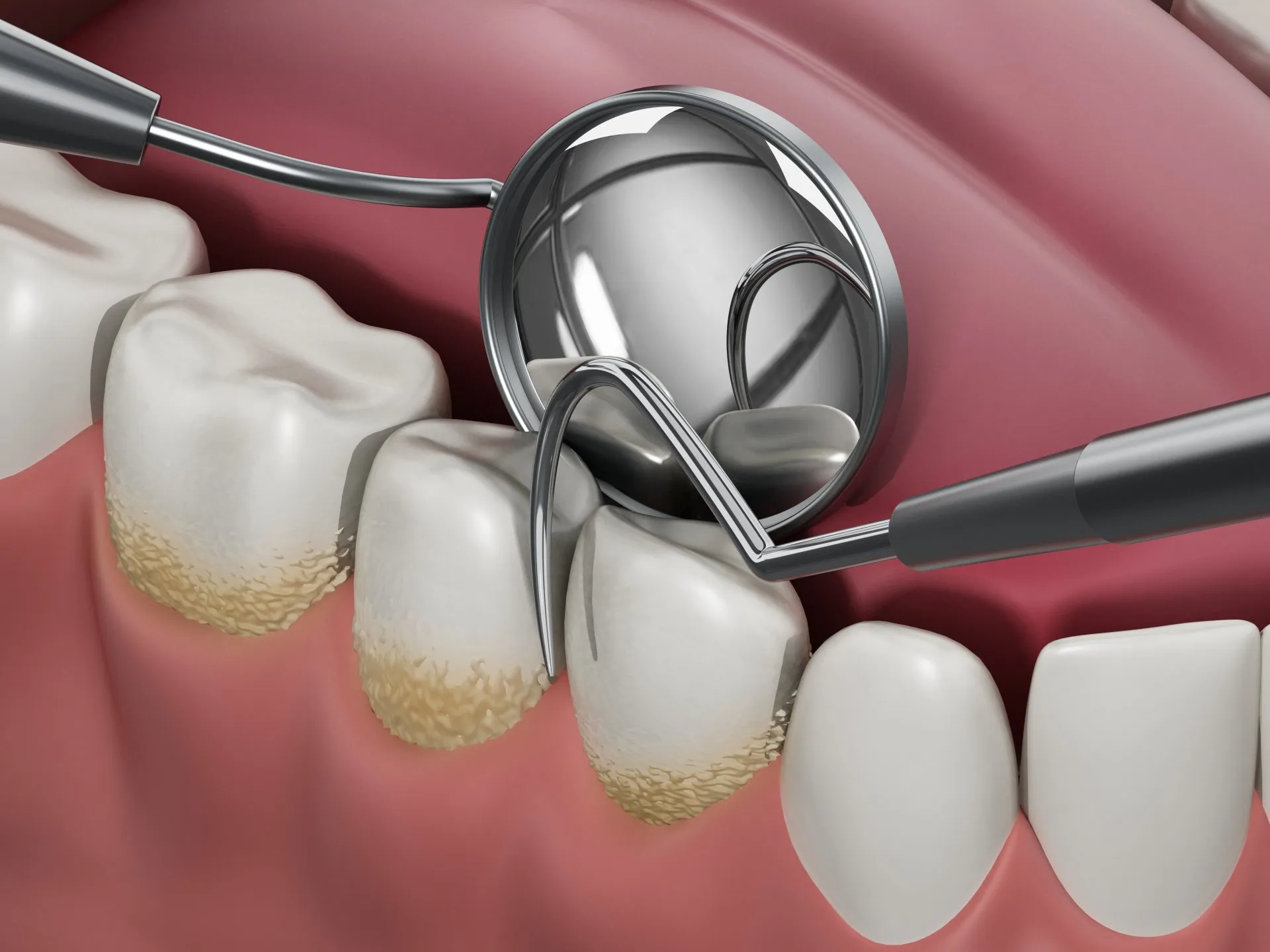Maintaining good oral hygiene is essential for a healthy smile, and understanding the difference between plaque and tartar is a crucial part of that process. As a San Jose dentist will attest, plaque and tartar are two common dental problems that can have serious consequences if left untreated. While they are related, plaque and tartar are not the same thing, and knowing the difference between them can help you take steps to prevent their formation and protect your teeth and gums.
In this article, we will explore the difference between plaque and tartar, and why it matters for your oral health.
What is Plaque?
Plaque is a sticky, colorless film of bacteria that forms on the teeth and along the gum line. It is a natural occurrence, and everyone develops plaque on their teeth throughout the day. Plaque contains bacteria that feed on the sugars and starches in our food, producing acid as a byproduct. This acid can damage tooth enamel and lead to cavities.
What is Tartar?
Tartar, also known as calculus, is a hard, yellowish deposit that forms on the teeth when plaque is not removed regularly. Tartar is essentially plaque that has been left on the teeth for an extended period, allowing it to harden and become more difficult to remove. Tartar can only be removed by a dental professional through a process called scaling.
Exploring The Key Differences Between Plaque and Tartar
While plaque and tartar are related, there are several key differences between them:
- Formation: Plaque forms on the teeth throughout the day, while tartar forms when plaque is left on the teeth for an extended period.
- Texture: Plaque is a sticky, colorless film, while tartar is a hard, yellowish deposit.
- Removal: Plaque can be removed through regular brushing and flossing, while tartar can only be removed by a dental professional through scaling.
- Consequences: Plaque can lead to cavities and gum disease if not removed regularly, while tartar can lead to more severe gum disease and even tooth loss if left untreated.
Why Does it Matter?
Understanding the difference between plaque and tartar is crucial for maintaining good oral health. Here are a few reasons why:
- Preventing Cavities and Gum Disease: Removing plaque regularly through brushing and flossing can help prevent cavities and gum disease.
- Preventing Tartar Buildup: Regular dental cleanings can help prevent tartar buildup and reduce the risk of more severe gum disease.
- Maintaining Good Oral Hygiene: Understanding the difference between plaque and tartar can help individuals maintain good oral hygiene habits, including regular brushing, flossing, and dental cleanings.
- Reducing the Risk of Tooth Loss: Preventing tartar buildup and gum disease can help reduce the risk of tooth loss and promote a healthy, beautiful smile.

Understanding The Tips for Preventing Plaque and Tartar
Here are a few tips for preventing plaque and tartar:
- Brush Regularly: Brush your teeth at least twice a day with fluoride toothpaste to remove plaque and prevent tartar buildup.
- Floss Daily: Flossing can help remove plaque and food particles from between the teeth and under the gum line.
- Visit Your Dentist Regularly: Regular dental cleanings can help prevent tartar buildup and reduce the risk of gum disease.
- Avoid Sugary and Acidic Foods: Sugary and acidic foods can contribute to plaque formation and tartar buildup.
- Use an Antimicrobial Mouthwash: Using an antimicrobial mouthwash can help kill bacteria that contribute to plaque formation.
Takeaway
Understanding the difference between plaque and tartar is crucial for maintaining good oral health. By removing plaque regularly through brushing and flossing, and visiting your dentist regularly for cleanings, you can help prevent tartar buildup and reduce the risk of more severe gum disease. Remember to brush regularly, floss daily, and visit your dentist regularly to keep your teeth and gums healthy for years to come.

